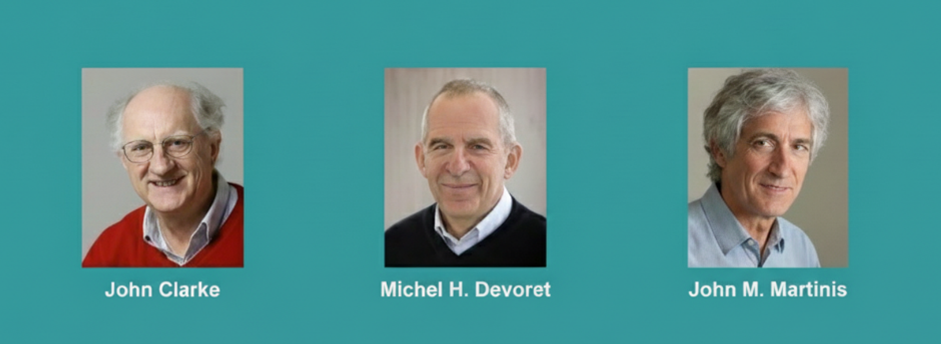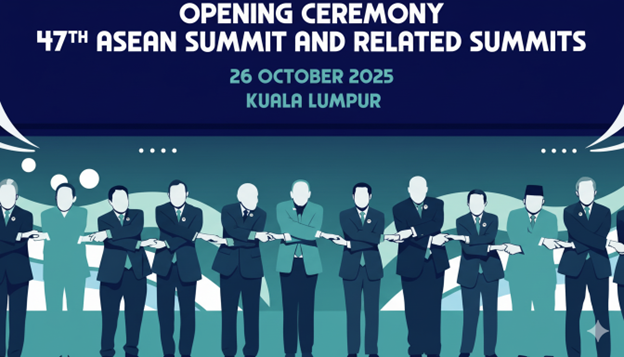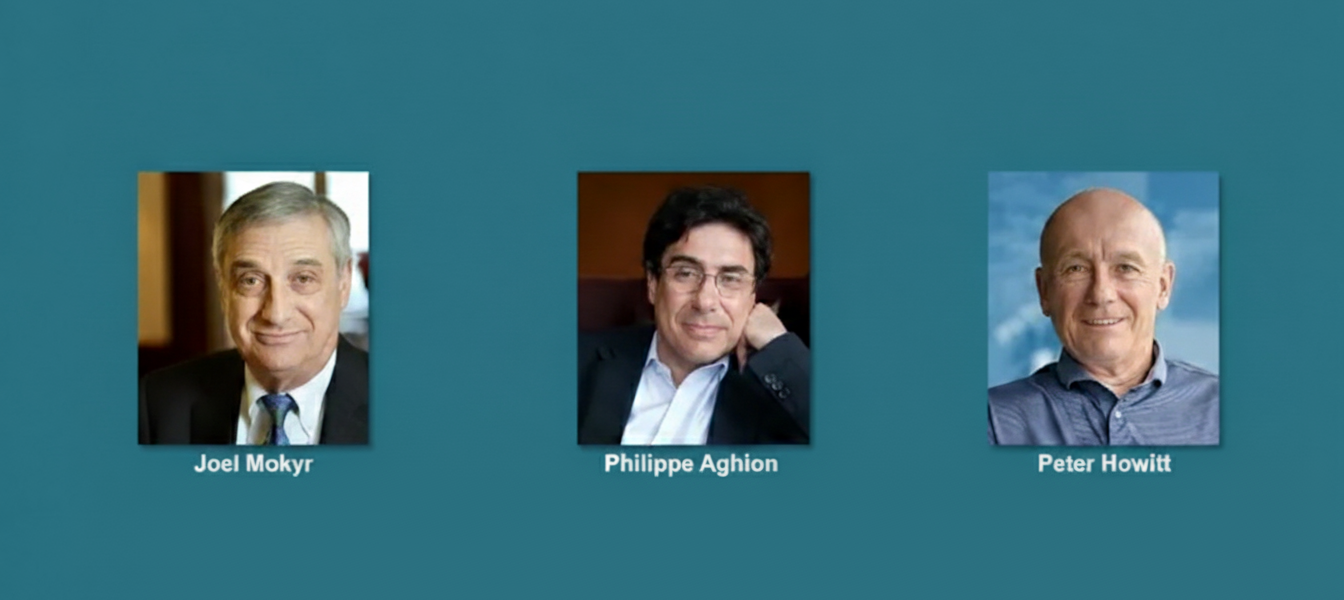Quantum Leaps: From Theory to Reality

Manmohan Singh: Transforming India’s Future
December 28, 2024Innovation, Creative Destruction, and the Economics of Sustained Growth
October 15, 2025The 2025 Nobel Prize in Physics, awarded to John Clarke, Michel Devoret, and John Martinis, stands out not for a cosmic discovery but for demonstrating that quantum effects can be engineered. Their work demonstrated that quantum tunnelling and discrete energy levels could emerge not just in atoms, but in engineered electrical circuits.
It’s a landmark moment connecting deep physics to the hardware realities that will define tomorrow’s computing, AI acceleration, and sensing systems. Unlike many past Nobels that celebrated discoveries in cosmology or particle physics, this one brings the focus squarely to quantum engineering- the art of making quantum phenomena practical.
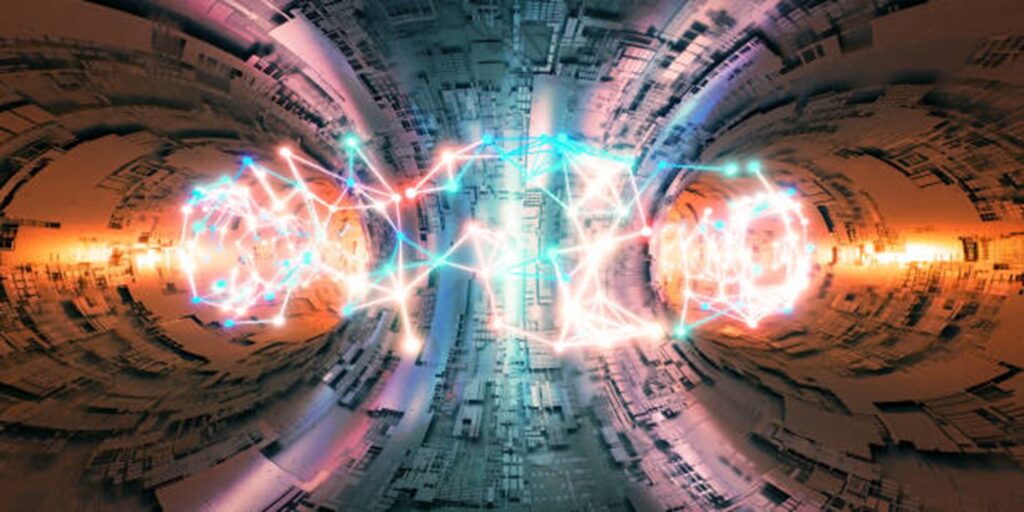
As the Nobel Foundation’s press statement observed, “Quantum tunnelling, once a curiosity of nuclear physics, now drives the engines of tomorrow’s computation.”
Quantum Phenomena at Engineered Scales
The laureates’ pioneering experiments on Josephson junctions revealed that macroscopic circuits can display truly quantum behavior: Tunnelling, quantized energy levels, and temperature-independent escape dynamics.
By cooling superconducting circuits to millikelvin temperatures and eliminating environmental noise, the Berkeley team observed that the system’s escape behavior ceased to depend on temperature: a hallmark of macroscopic quantum tunnelling (MQT). Applying microwave radiation, they induced transitions between discrete energy levels, confirming that the system behaved like a quantum particle with quantized states.
In essence, they turned quantum weirdness into something measurable, controllable, and buildable, thereby transforming quantum mechanics from an abstract theory into an experimental engineering discipline.
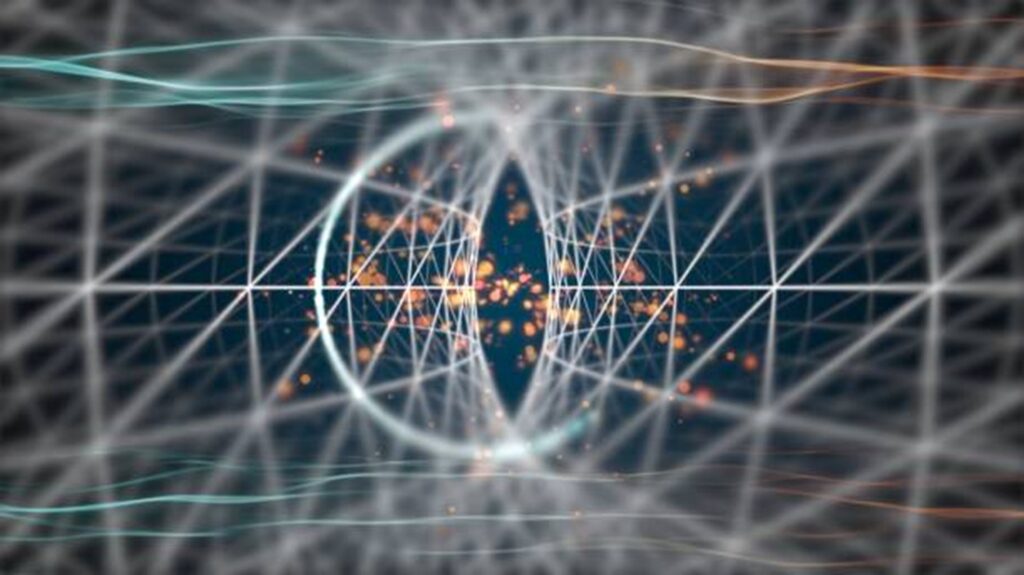
Foundations for Superconducting Qubits
The superconducting circuits used in today’s Google, IBM, and Rigetti quantum processors directly trace their lineage to this work. By showing that circuits could act as artificial atoms with discrete quantum states, the laureates laid the foundation for superconducting qubits, including transmons, flux qubits, and phase qubits, that dominate the current quantum-hardware landscape.
Building and stabilizing such systems required mastery over noise reduction, coherence preservation, and environmental coupling – lessons that continue to shape quantum-hardware design today. Their contribution bridges physics, materials science, and electrical engineering in a way few discoveries ever have.
Today’s commercial systems operate with coherence times exceeding 100 microseconds, a million-fold improvement over early prototypes, a testament to the lineage of precision these experiments began.
Long Horizons of Scientific Payoff
The awarded experiments date back to the 1980s, underscoring that transformative science often demands decades of persistence before its value becomes visible. In an interview with Le Monde, Michel Devoret admitted he initially thought the Nobel announcement was “a prank,” surprised to be recognized for work whose practical realization, quantum computing, is still unfolding.
“Science rewards patience,” Devoret reflected. “What we began as curiosity about superconducting behavior became the foundation of quantum engineering.”
It’s a timely reminder that moonshot innovation requires patient capital, institutional continuity, and belief in foundational research, especially when commercial payoff is uncertain. For scientists, policymakers, and investors, the lesson is clear: enduring revolutions are born from ideas nurtured long before markets are ready to absorb them.
Where Physics Meets AI and Information Science
As AI models grow exponentially, their future depends as much on hardware innovation as on algorithms. Quantum circuits, photonic interconnects, and superconducting devices may soon enable new forms of compute acceleration, high-fidelity sensing, and secure communication redefining the frontiers of AI and data infrastructure.
The American Physical Society (APS) commented that this year’s Nobel “cements the bridge between quantum hardware and information theory, the substrate on which AI and future computation will evolve.”
This convergence highlights how physics and computation are increasingly interdependent. As transistor scaling slows, quantum-inspired and hybrid architectures may provide the next leap for algorithmic efficiency and energy-aware computing. The 2025 Nobel thus signals a new era where quantum devices and AI co-evolve, setting the stage for breakthroughs in optimization, simulation, and cryptography.
Mentorship and Collaboration
Beyond equations and cryostats, this Nobel celebrates human collaboration. Clarke credited his partners, Devoret and Martinis, for decades of shared curiosity and persistence.
It’s a reminder that scientific revolutions are built on mentorship, teamwork, and patience as much as insight.
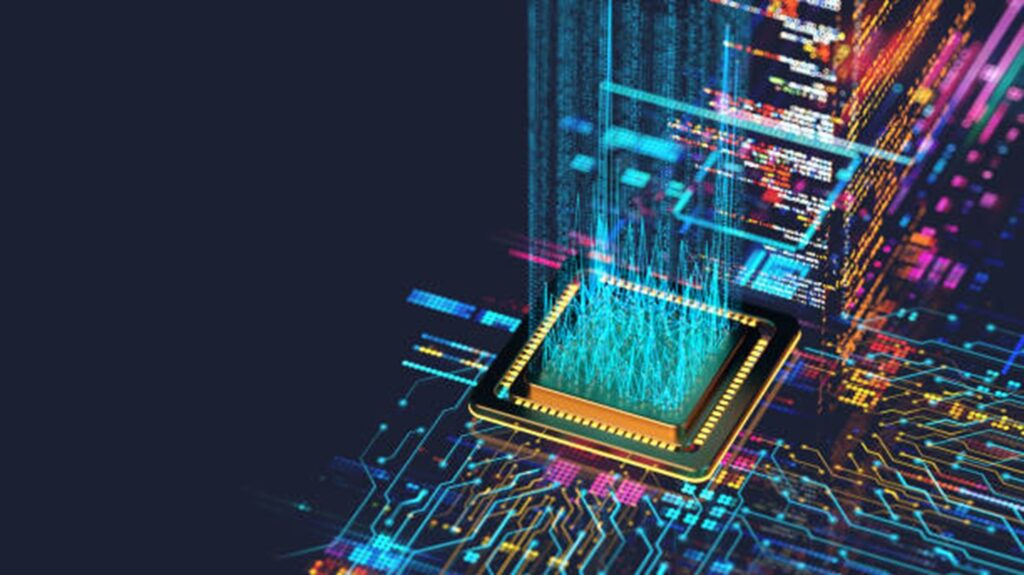
Closing Thought
As quantum and AI frontiers converge, the 2025 Physics Nobel is more than recognition: it’s a signal for what lies ahead. The next computing revolution will not emerge from abstractions but from quietly engineered circuits cooled to near absolute zero, circuits that embody decades of patient science and the audacity to design the quantum world.

